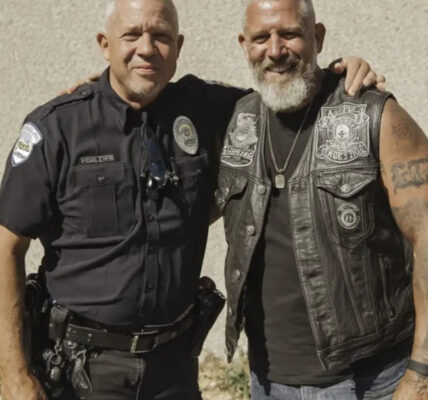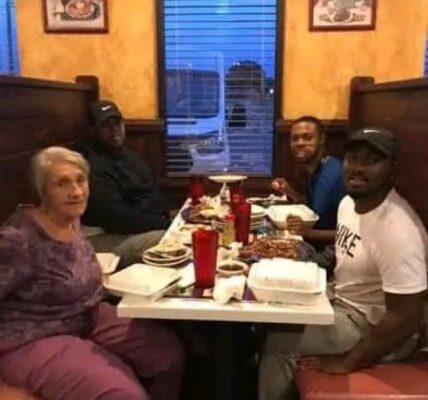Poland, 1941. Under Nazi occupation, the air itself seemed to carry fear. Every knock at the door could mean arrest. Every name called in the street could vanish forever.
In the small village of Rozwadów, Dr. Eugeniusz Łazowski, just 28 years old, worked quietly in his cramped clinic. His shelves were nearly bare, his patients were starving, and outside, German soldiers watched every move.
He had already seen too much — friends executed, Jewish families dragged away, neighbors disappearing into the night. He could do little but heal wounds and whisper comfort. Until one day, a desperate friend came to his door — a Jewish man trembling with fear.
“They’re going to liquidate my village,” he said. “They’ll kill everyone. Please… there must be something you can do.”
Lazowski thought for a long time. In the war, even compassion had to be disguised as cunning. Then it came to him — an idea as reckless as it was brilliant.
If the Nazis feared anything, it was disease.
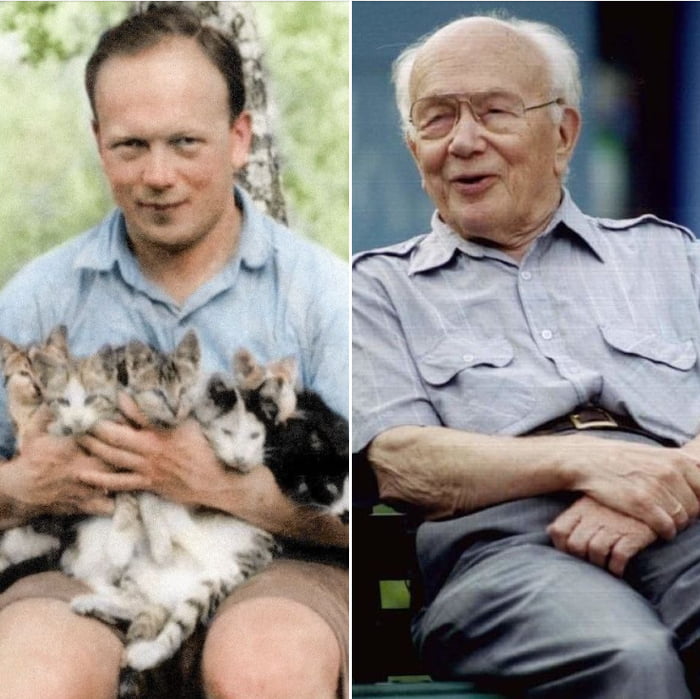
Especially typhus.
To the German command, typhus meant death, contamination, quarantine — the perfect reason to avoid an entire area. Even their cruelty bowed to its terror.
Lazowski remembered something he and his friend, Dr. Stanisław Matulewicz, had discovered before the war: a harmless strain of bacteria — Proteus OX19 — could trigger a false positive on the typhus test. It wouldn’t make anyone sick, but it would fool every German doctor.
That was the key.
He could make the Nazis believe there was an outbreak.
Late that year, he began his experiment. Quietly, secretly, he injected a few villagers with the harmless bacteria. Within weeks, reports reached the German medical office — a possible typhus outbreak in Rozwadów.
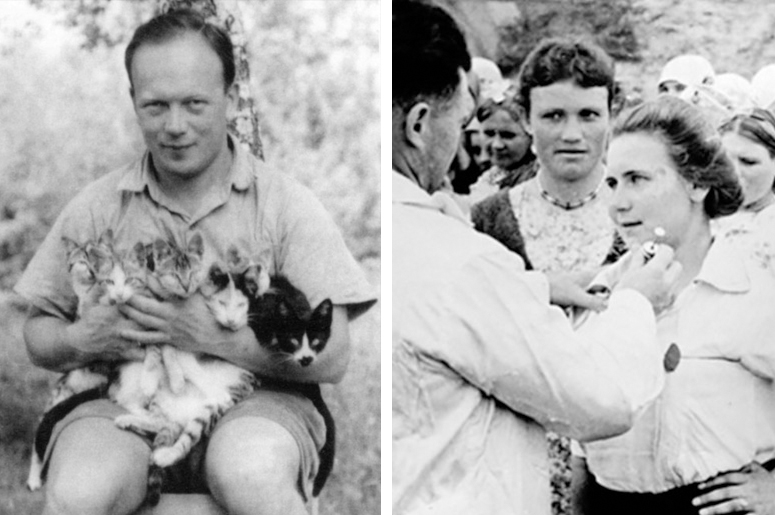
The Nazis sent medical teams to test the villagers. Every blood sample tested positive. The diagnosis was confirmed. Panic spread through the ranks.
They quarantined the area immediately. Soldiers were ordered to stay away. No inspections. No raids.
And for the first time in years, the people of Rozwadów could breathe.
But Lazowski didn’t stop there. He began expanding his “epidemic,” traveling at night to nearby villages. He injected more people, faked medical records, trained nurses, and even taught villagers how to act sick — to cough, to shiver, to look weak.
Every fake symptom, every falsified report was another life spared.
Within months, entire communities were “infected.”
By 1943, more than 8,000 people — Poles and Jews alike — lived safely inside these phantom quarantine zones.
German soldiers, terrified of catching the disease, patrolled only from a distance. They brought food but refused to enter. In their fear, they built an invisible wall around the people they sought to destroy.
Lazowski had done the impossible — he had used the Nazis’ own fear as a shield.
Of course, it was never without risk. One wrong move, one skeptical officer, one healthy villager who seemed too well — and everything would collapse. But the charade held.
The fake epidemic continued for three years.

When the war finally ended, the villages emerged — not as graves, but as communities still alive. The disease that never existed had become their salvation.
After the war, Lazowski didn’t boast or seek fame. He emigrated to the United States, built a quiet life as a doctor, and never spoke publicly about what he had done. Only decades later did his secret surface — through interviews, reports, and survivors who told their children about “the doctor who made the Germans afraid.”
When the world learned the truth, Israel honored him as Righteous Among the Nations, a title reserved for those who risked their lives to save Jews during the Holocaust.
Lazowski, ever humble, said simply:
“I didn’t do anything special. I just did what I could with what I had.”
What he had — courage, intellect, and empathy — became his greatest weapon.
He didn’t carry a gun or lead an army. He fought tyranny with a microscope and a lie so clever it saved thousands of lives.
The Nazis thought they were avoiding a plague.
What they were really avoiding was justice — and a man who dared to turn fear into hope.
Dr. Eugeniusz Łazowski didn’t just save lives.
He rewrote the definition of resistance — proving that even in humanity’s darkest hour, brilliance and compassion could outsmart death itself.


